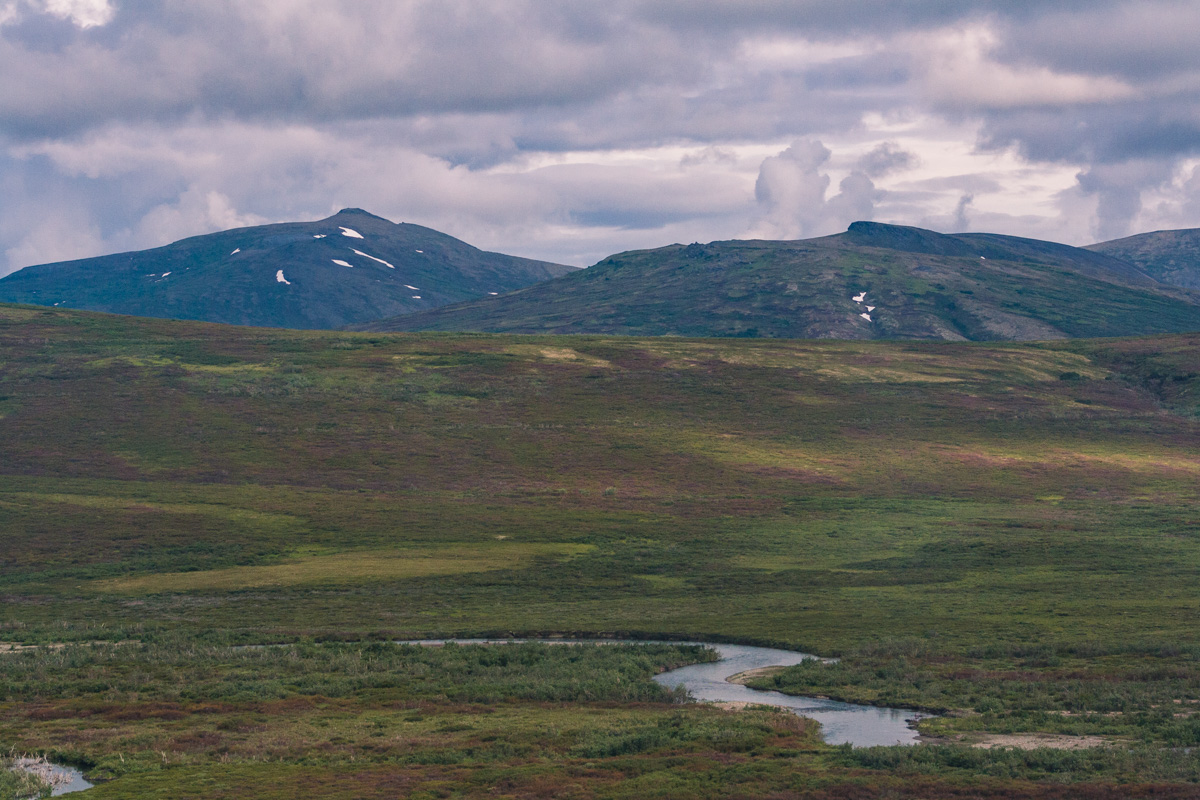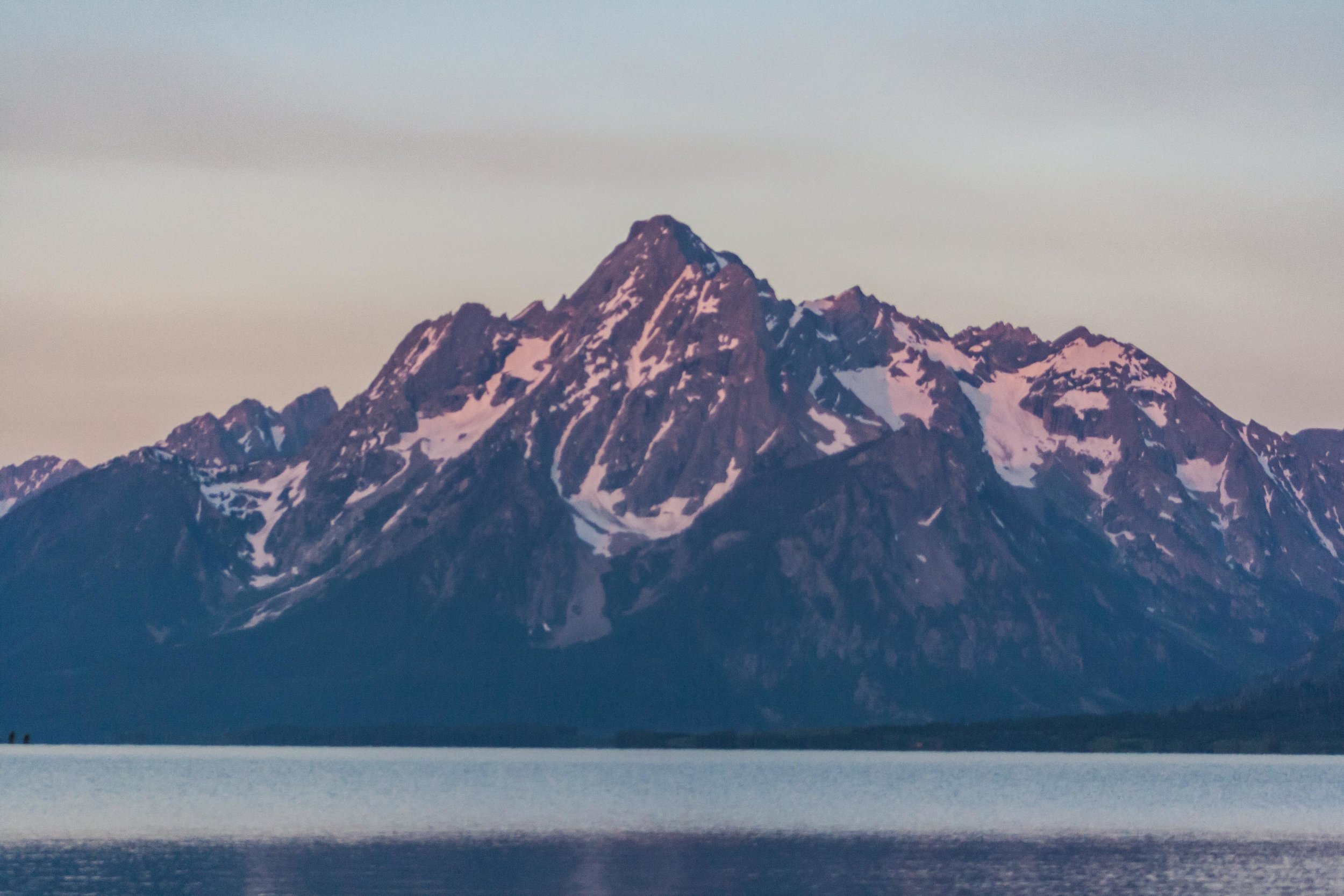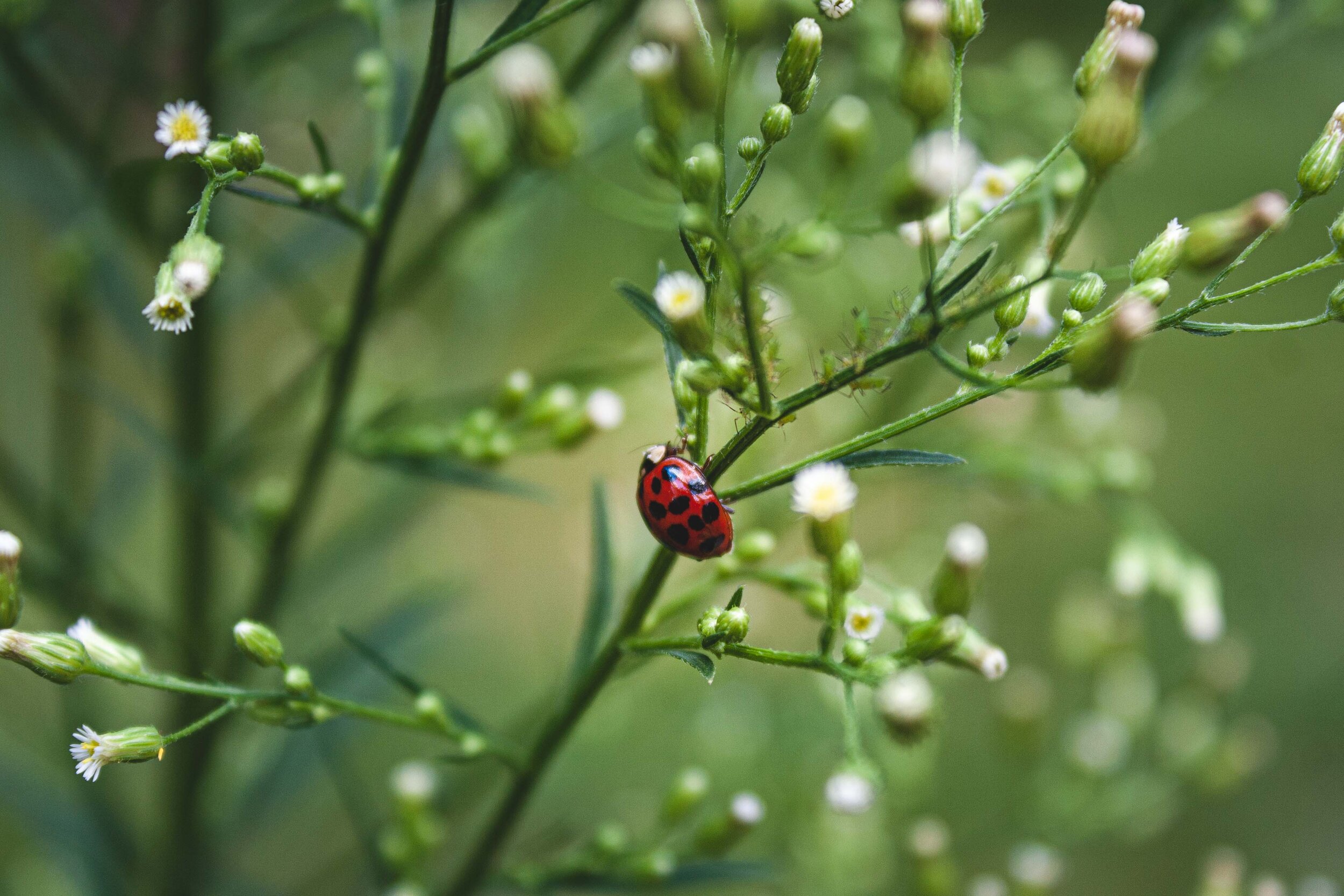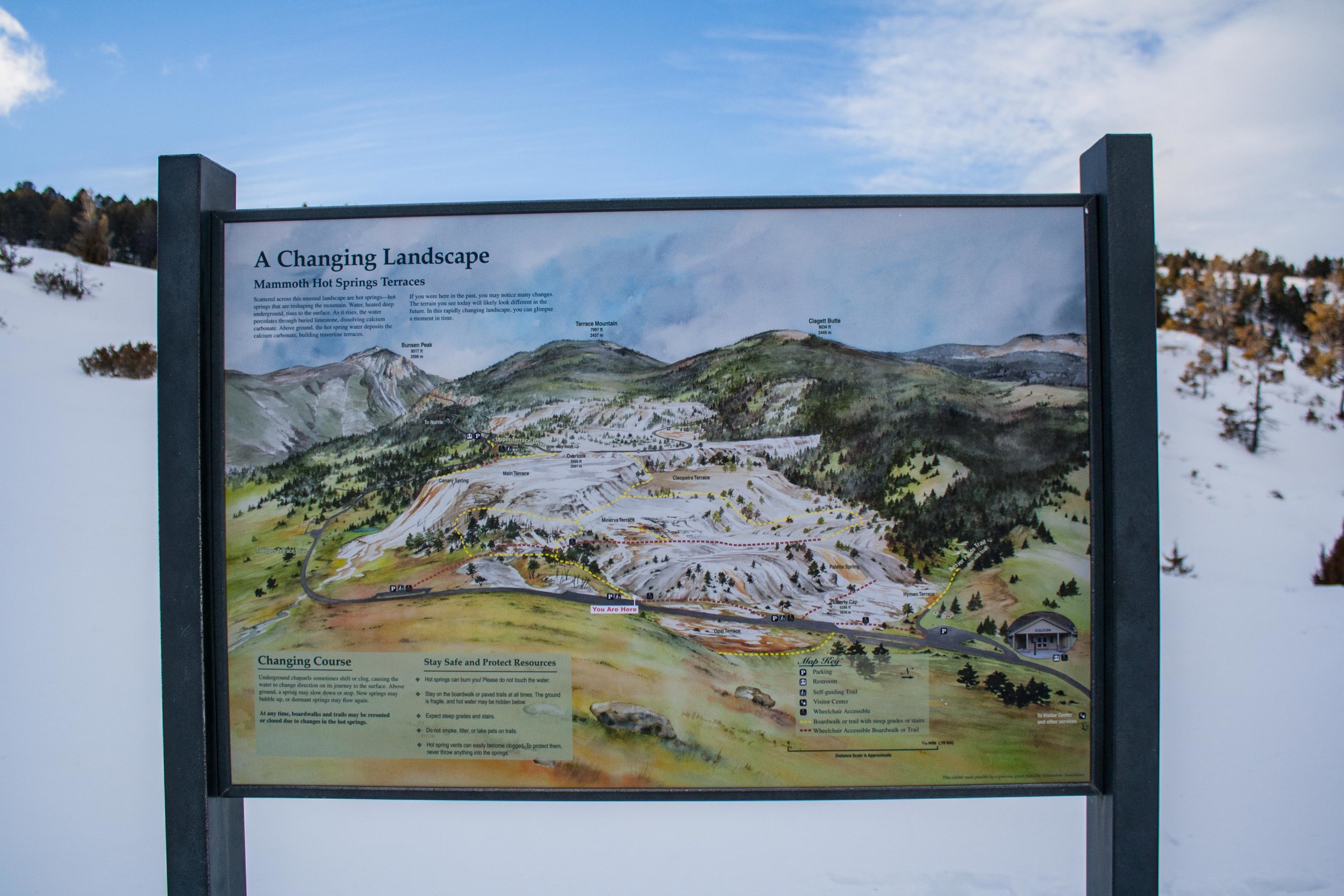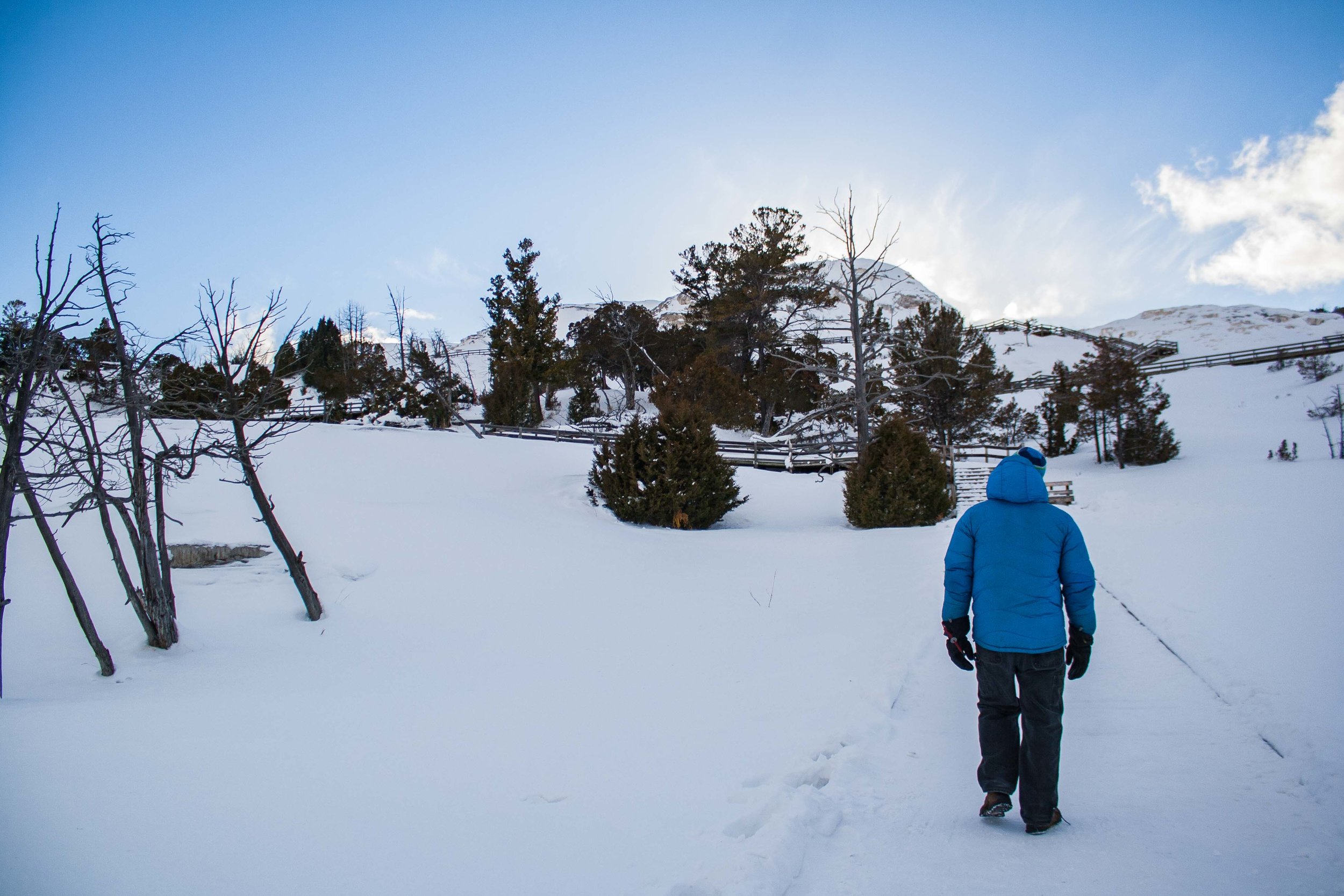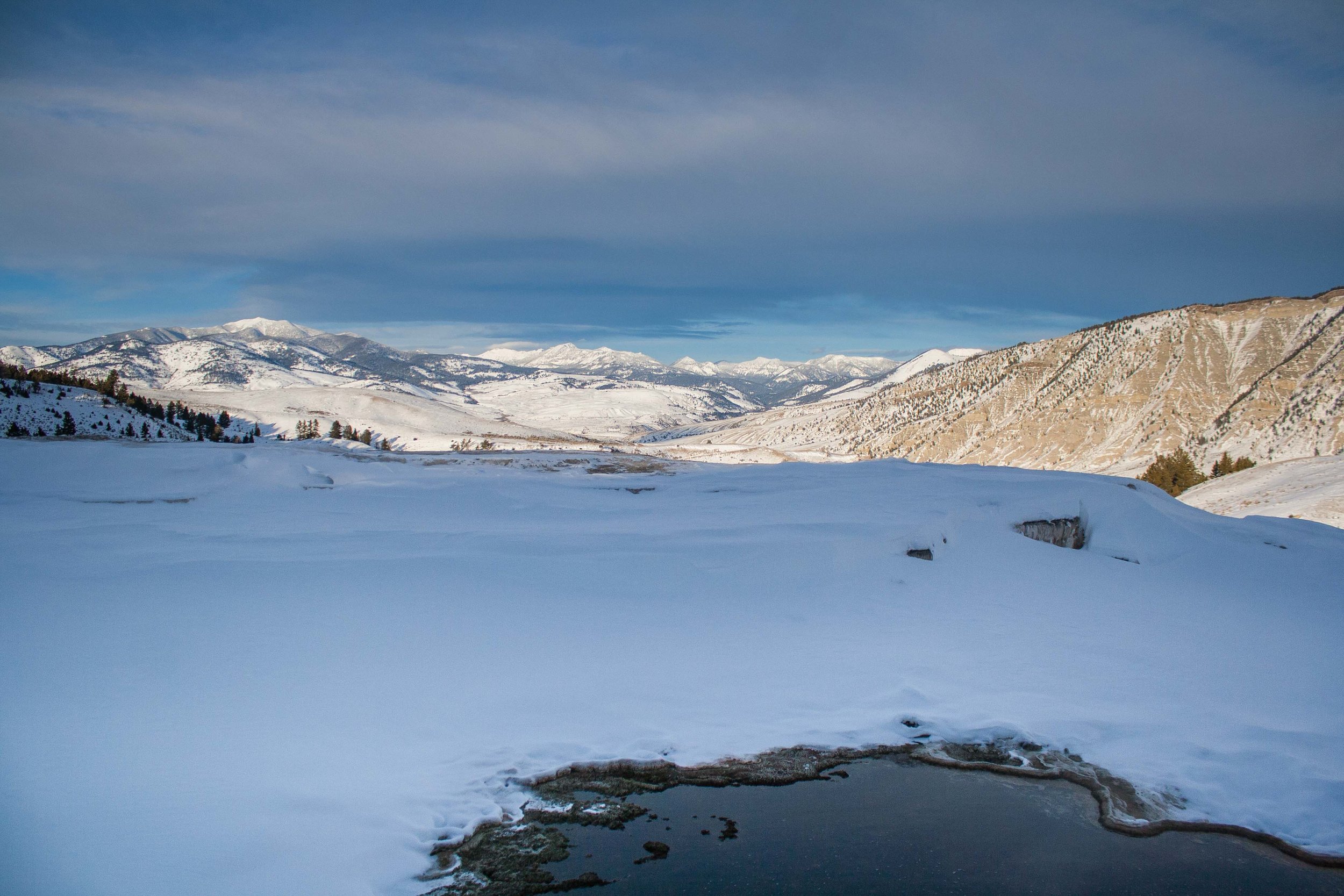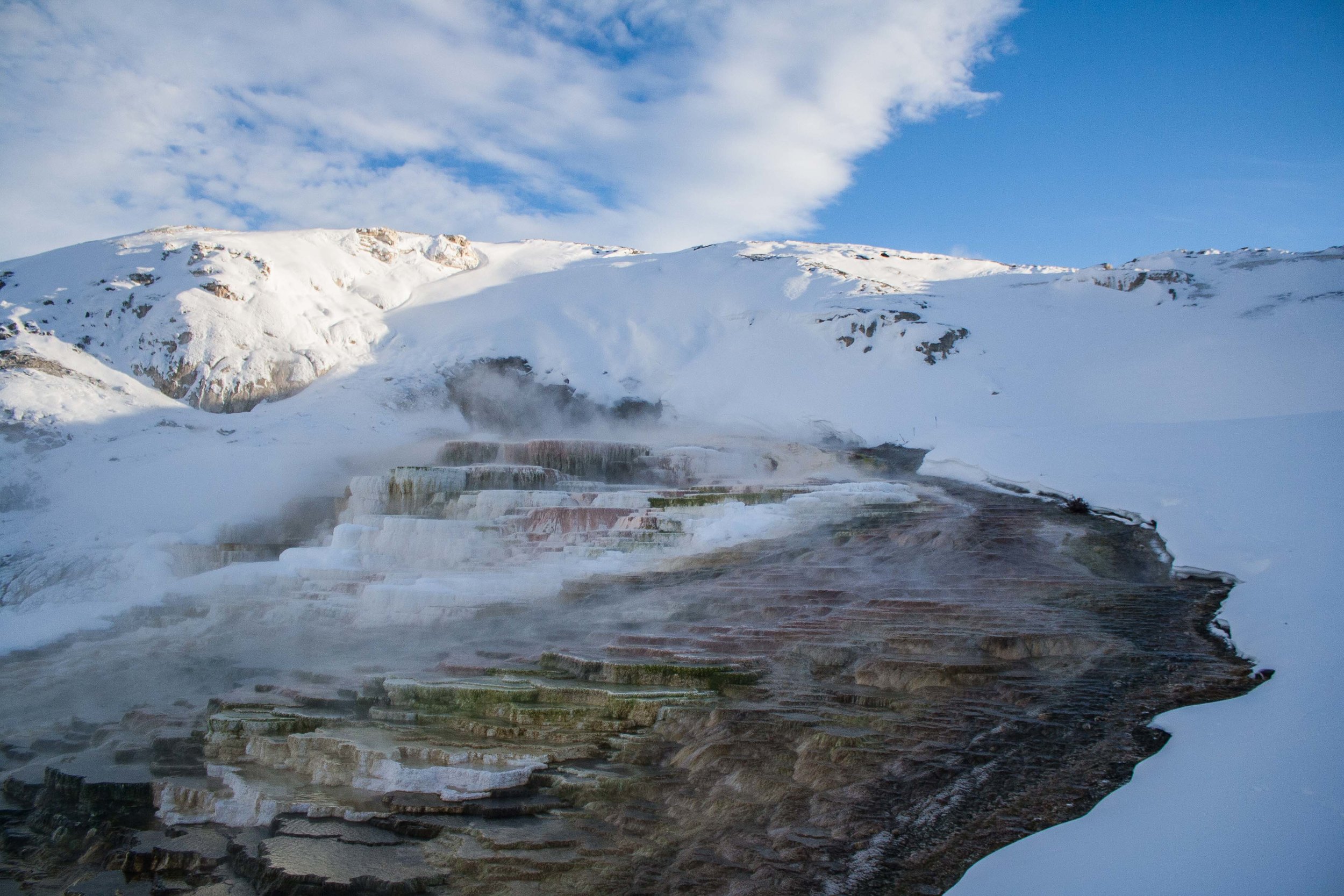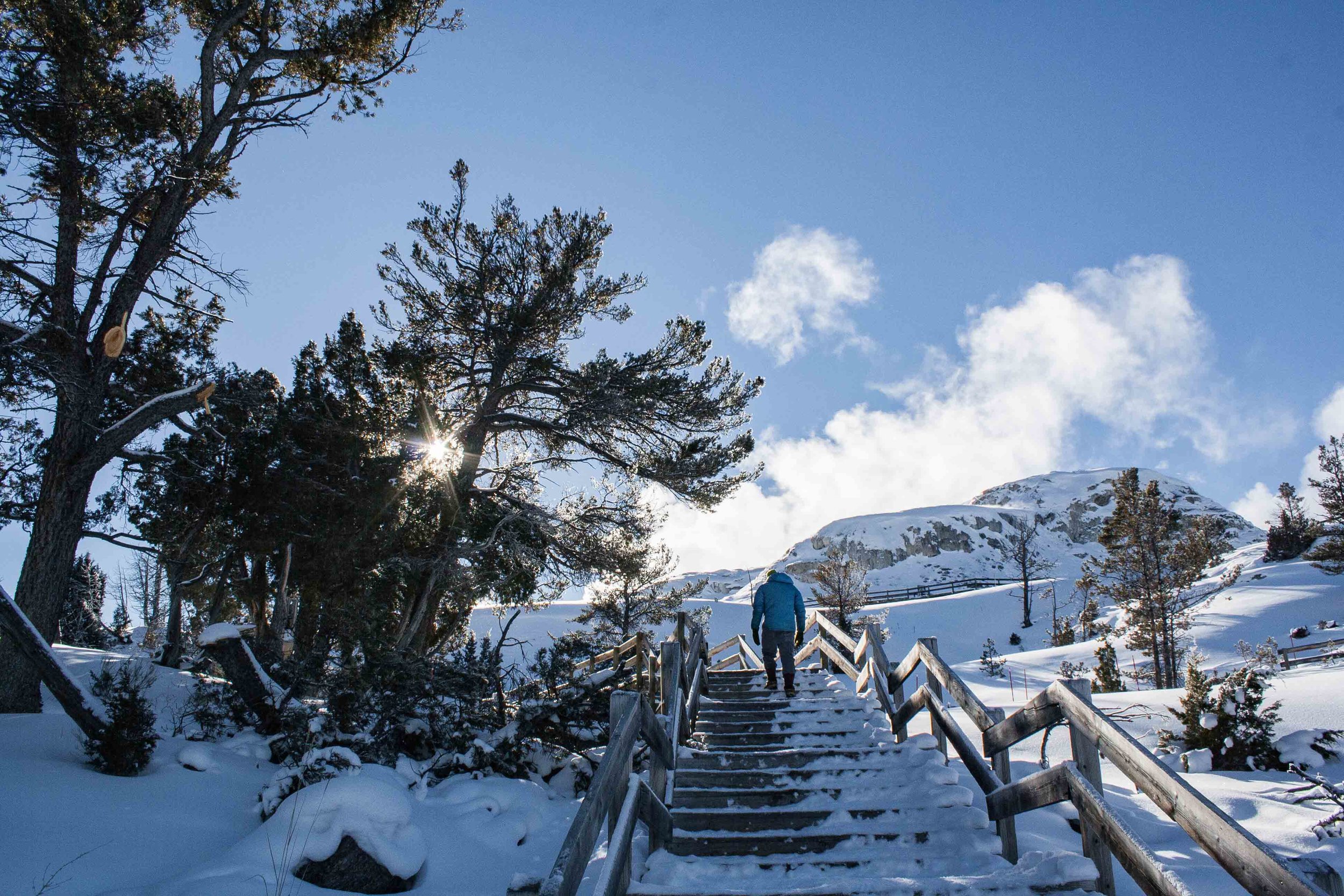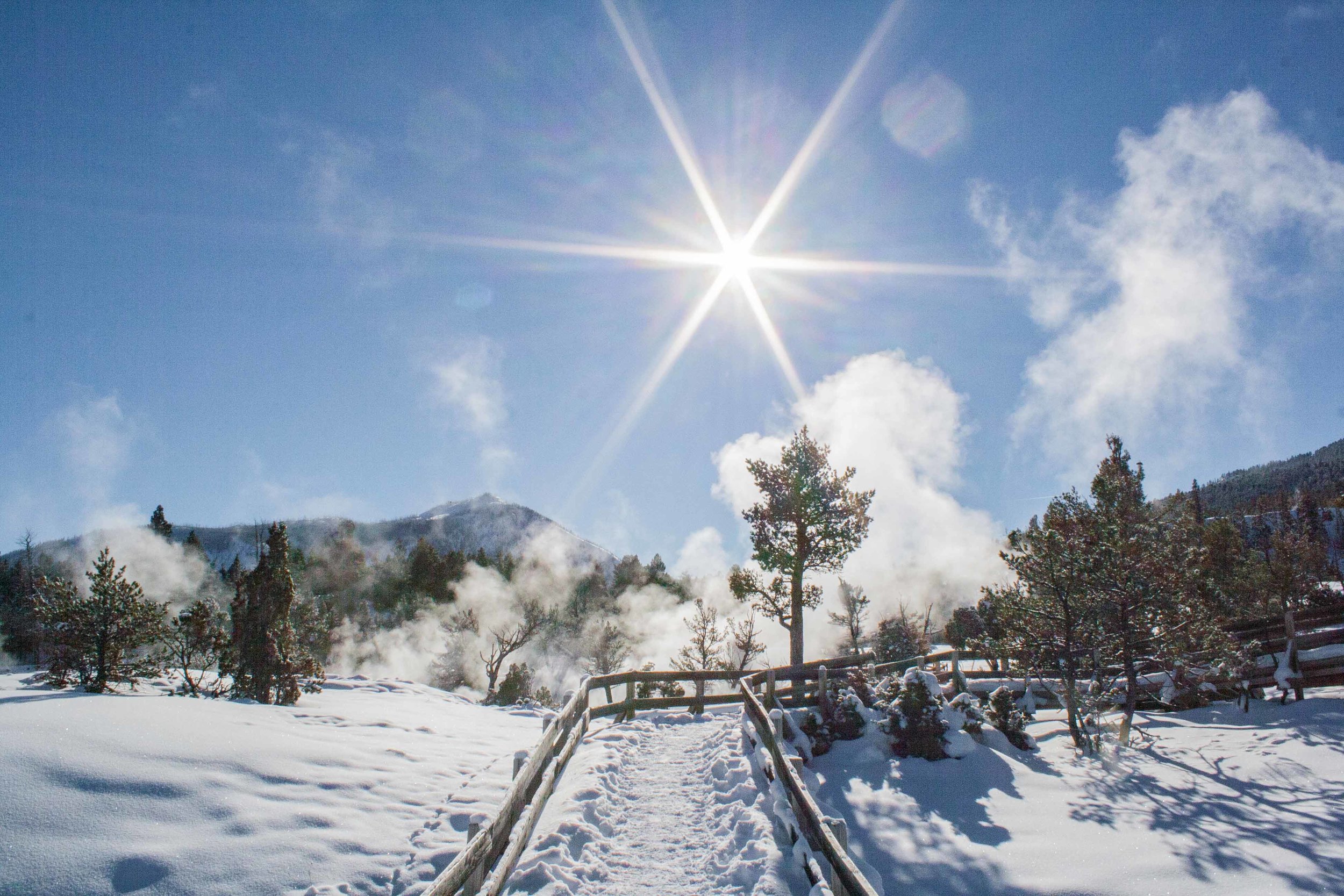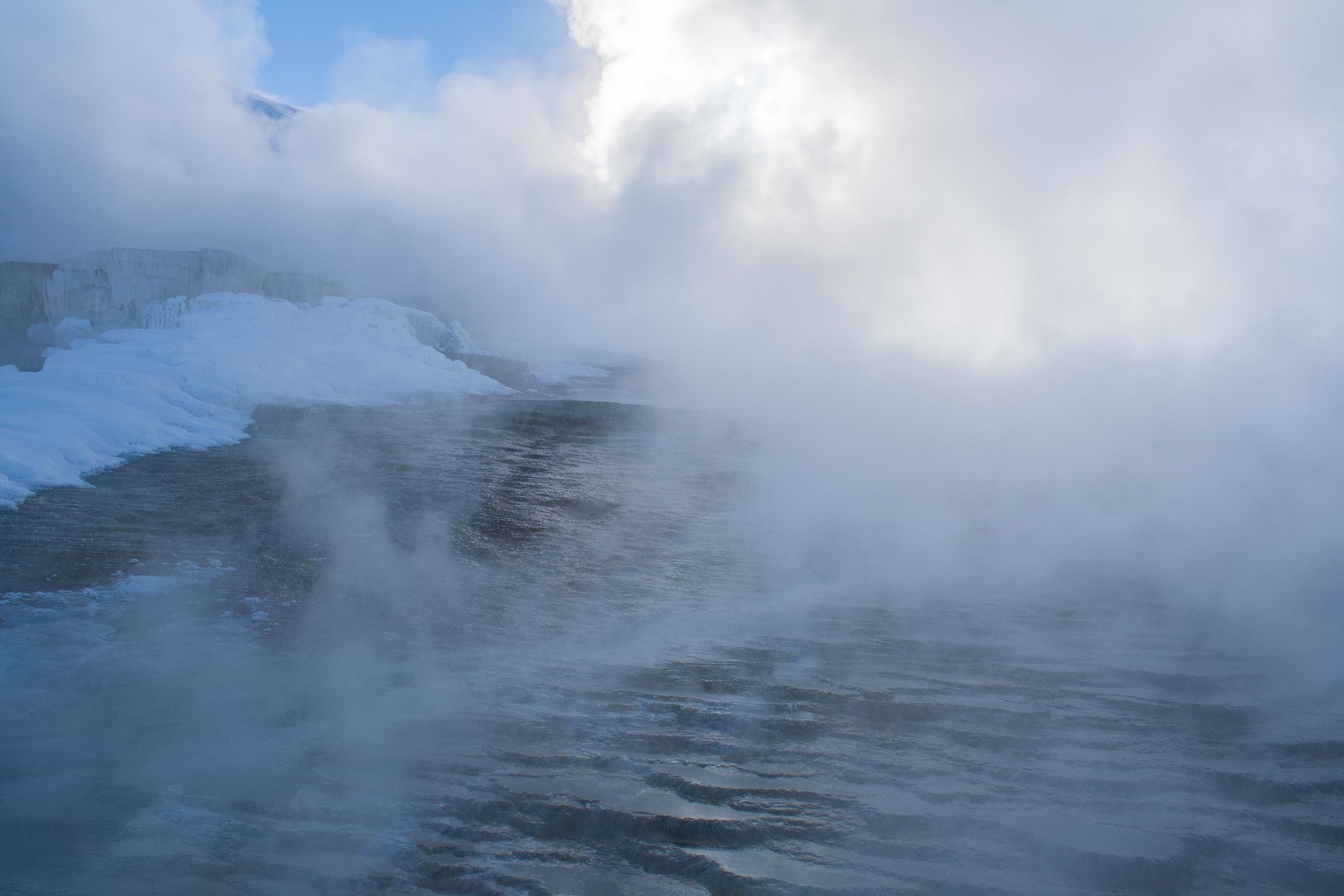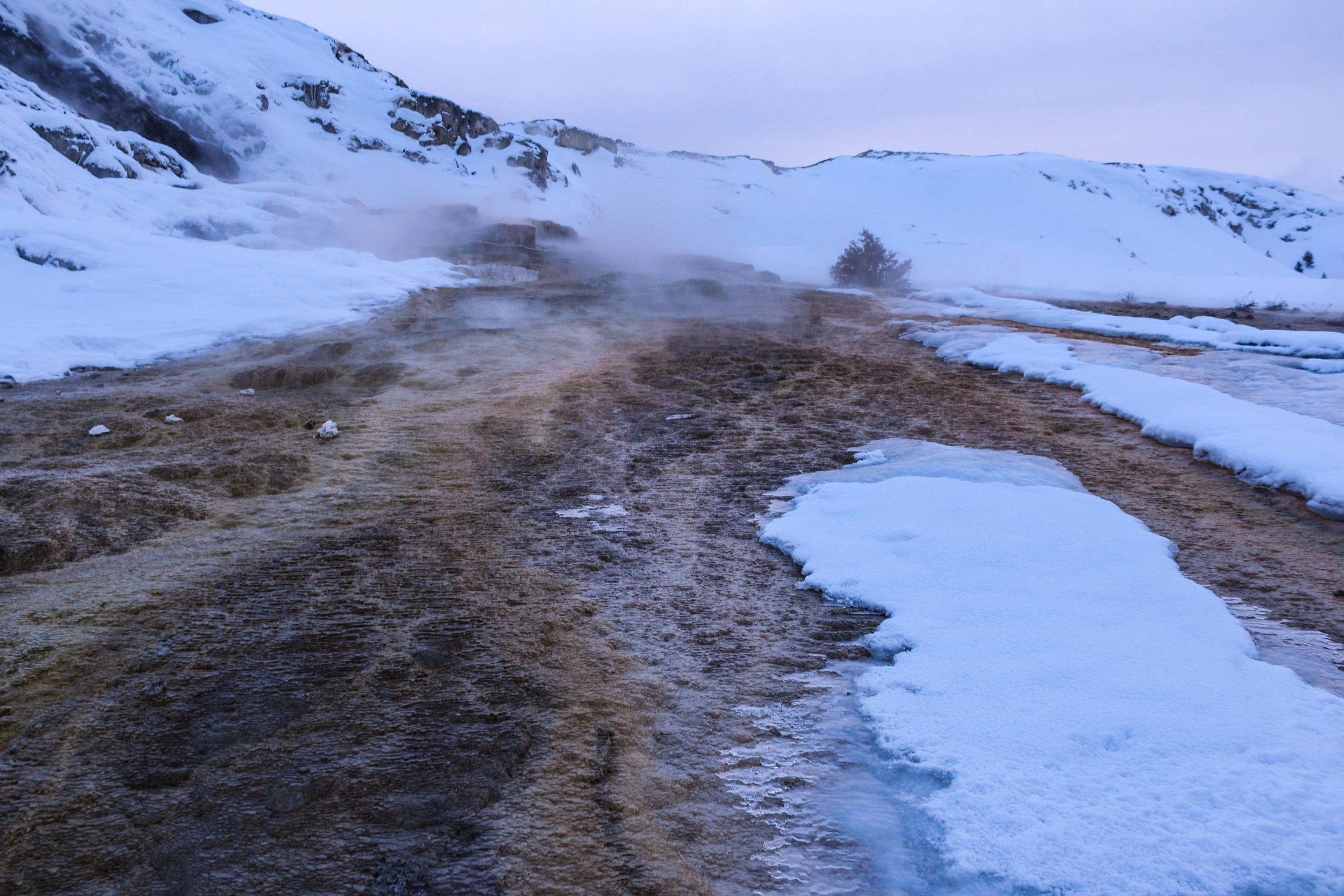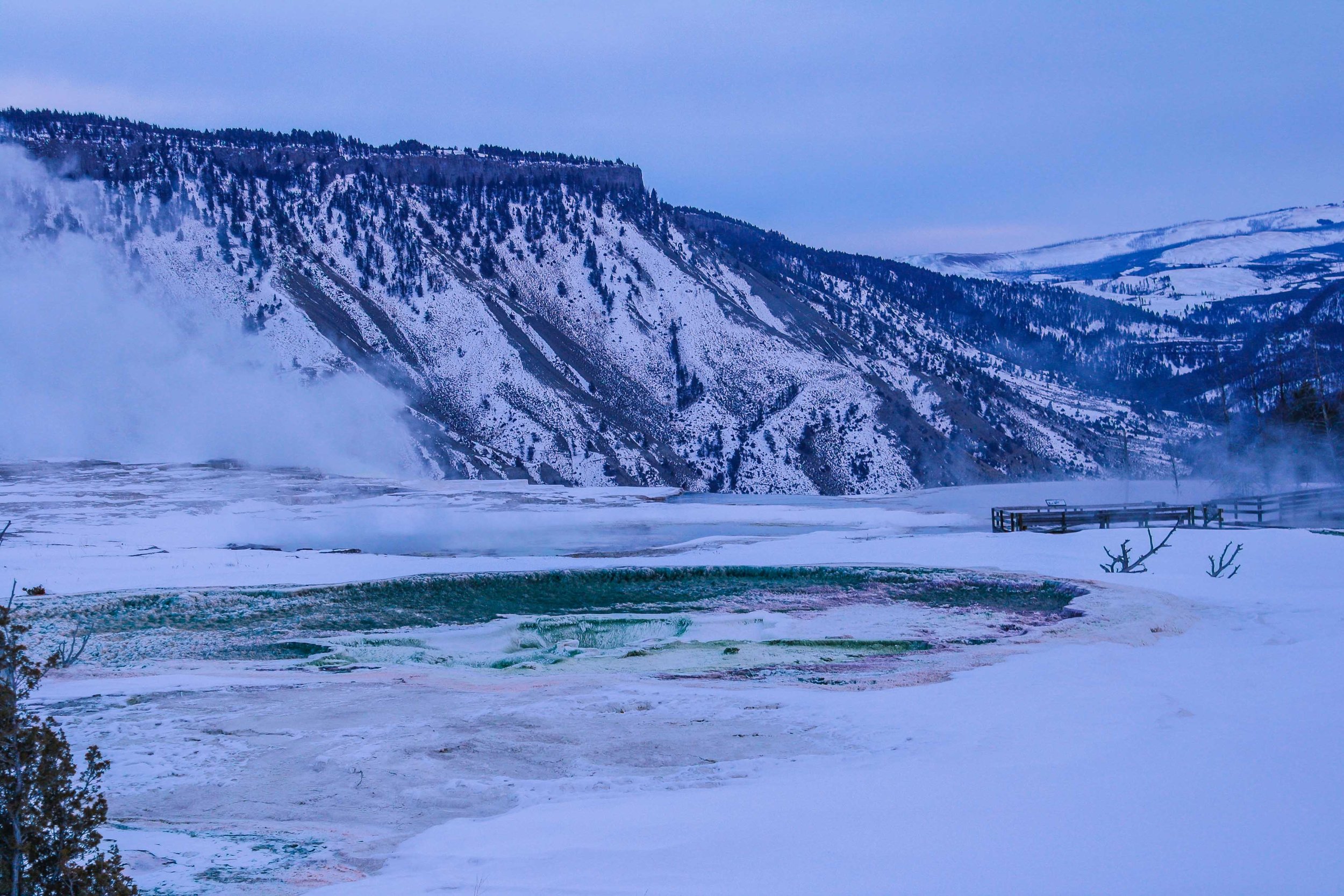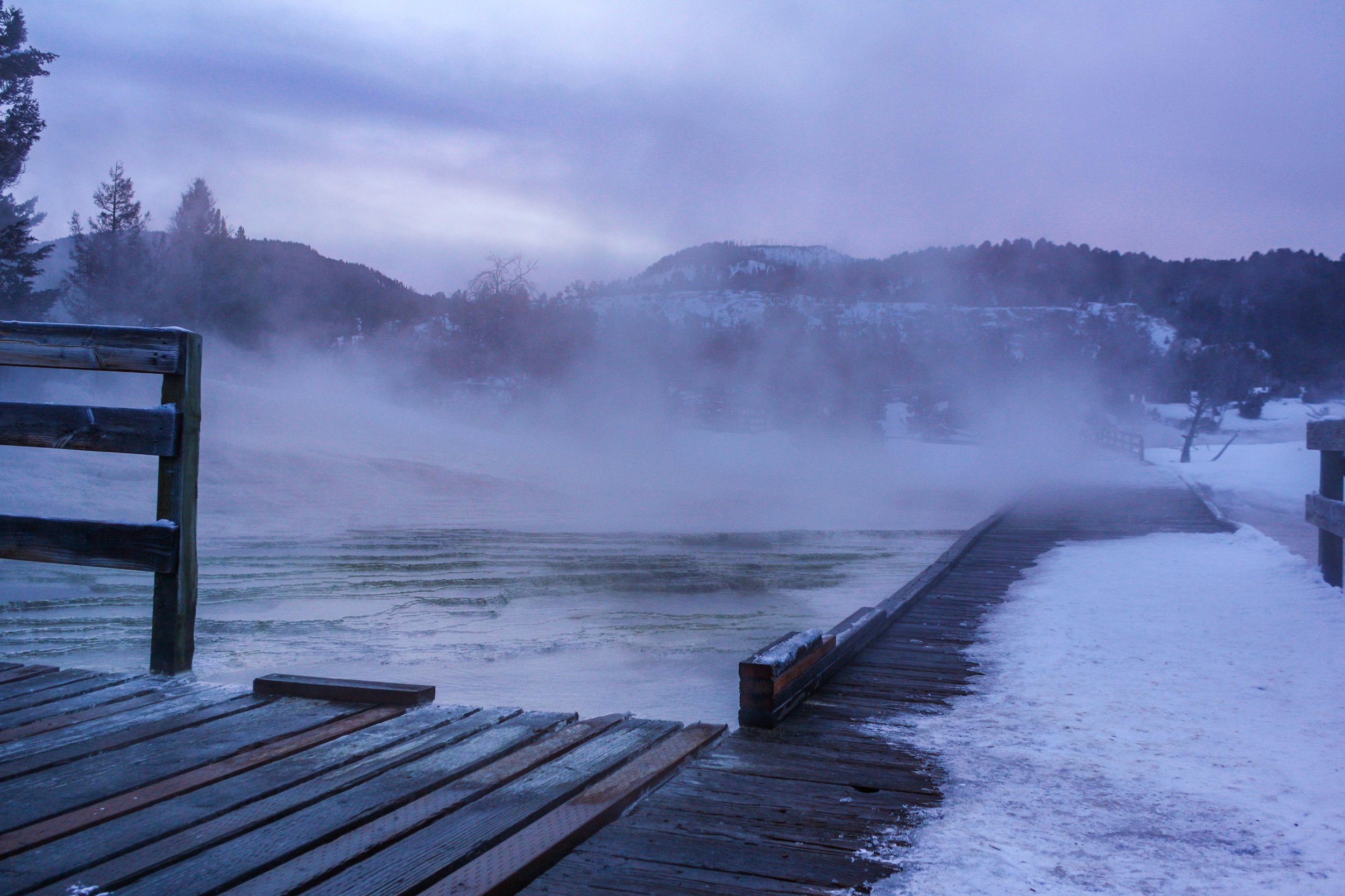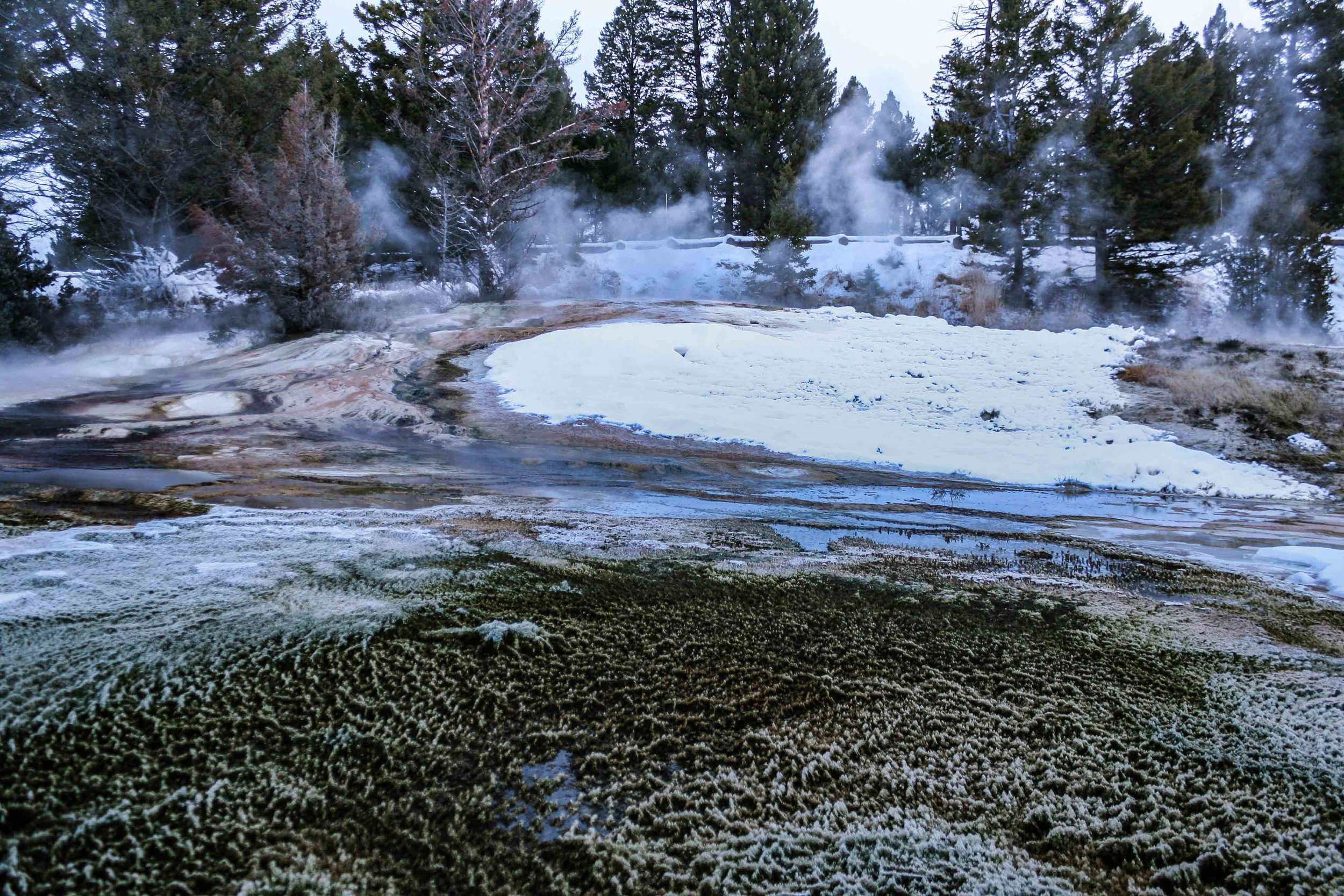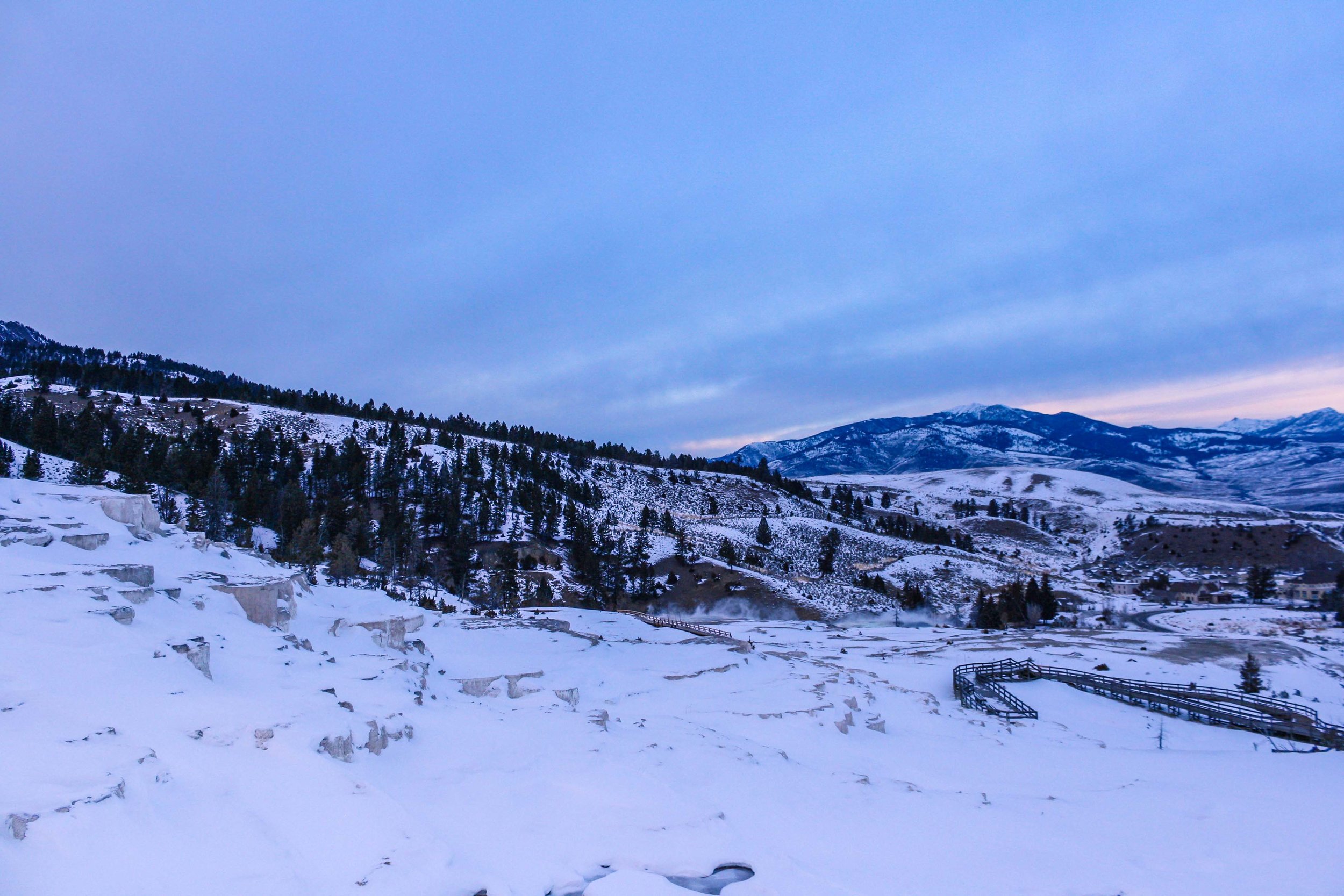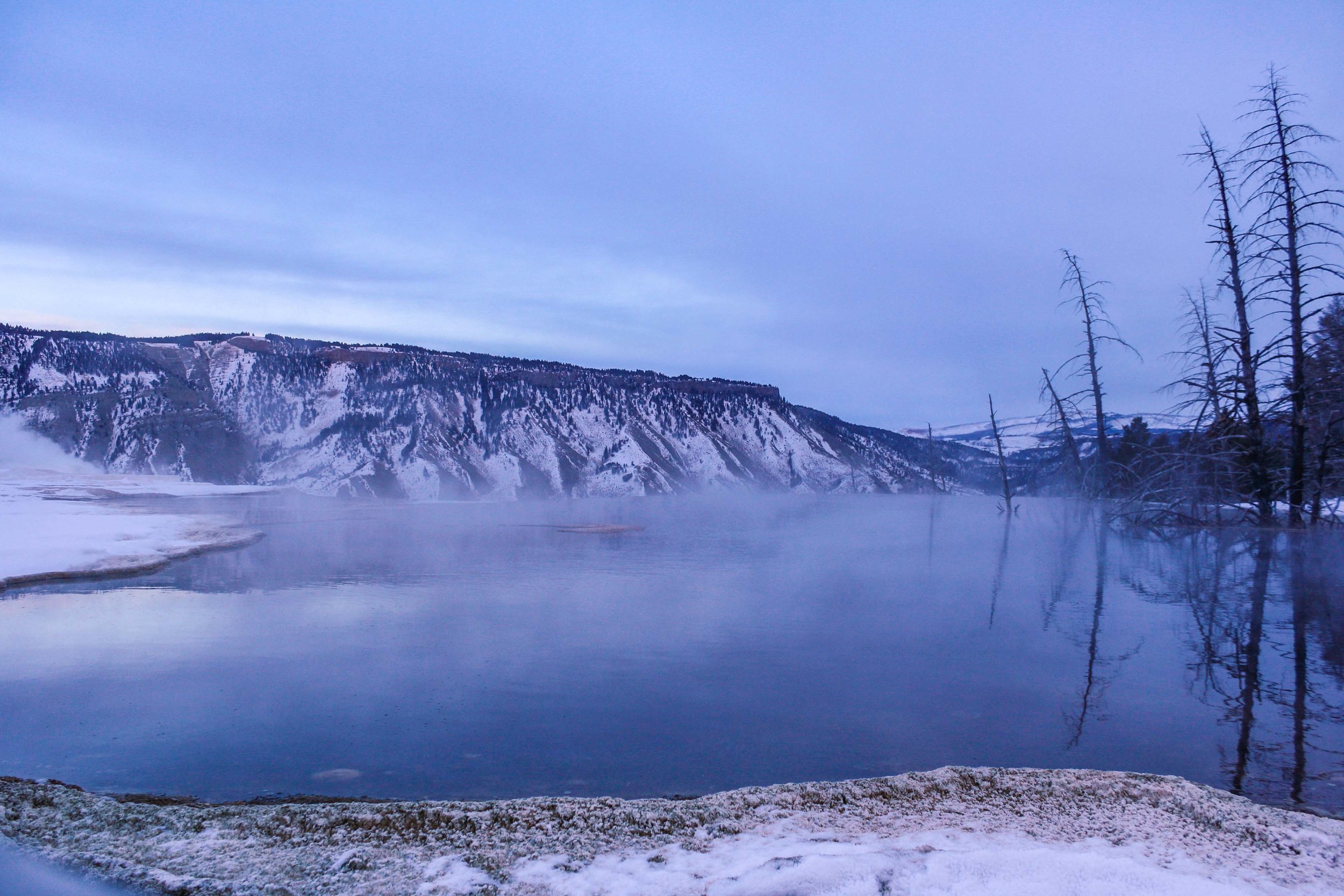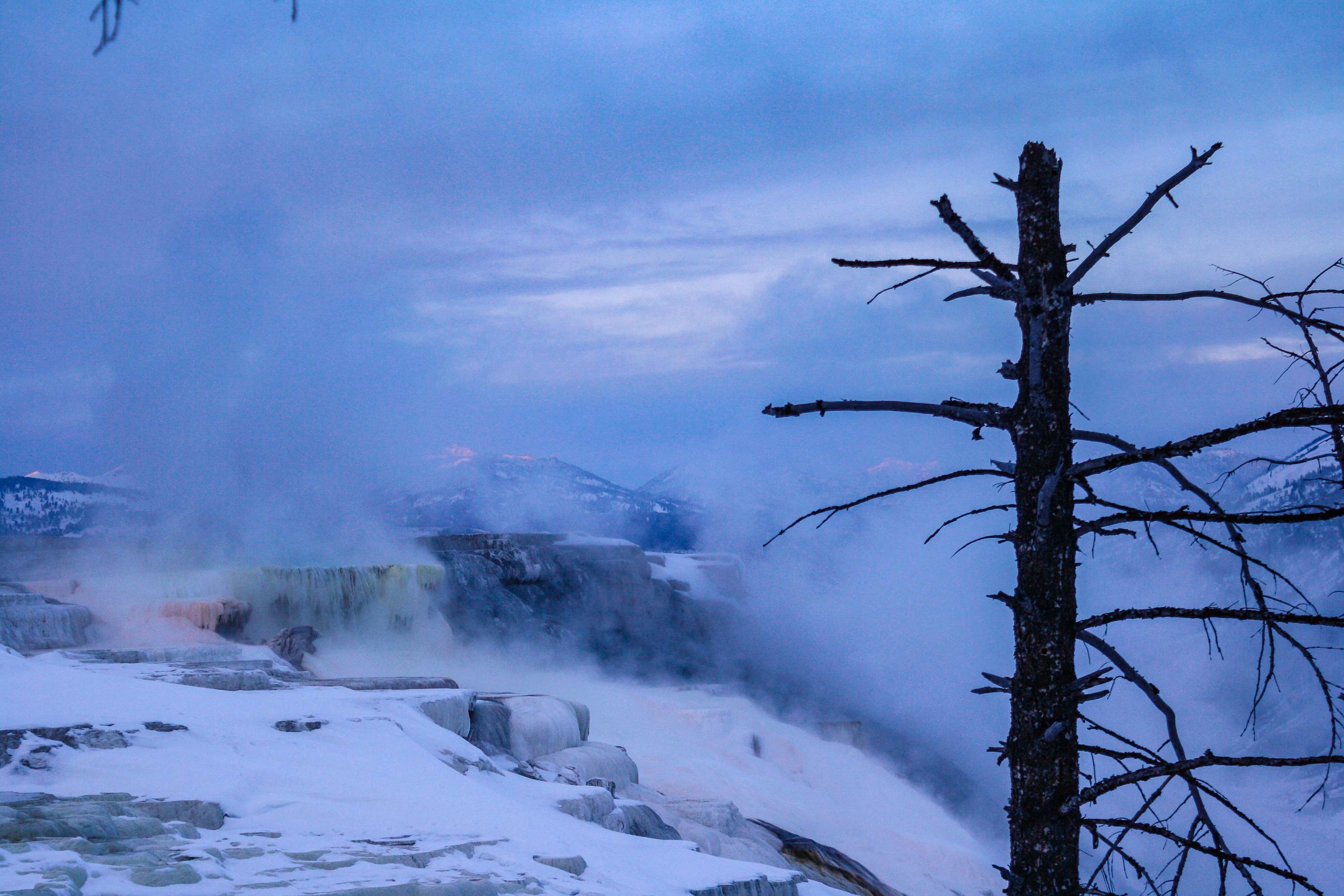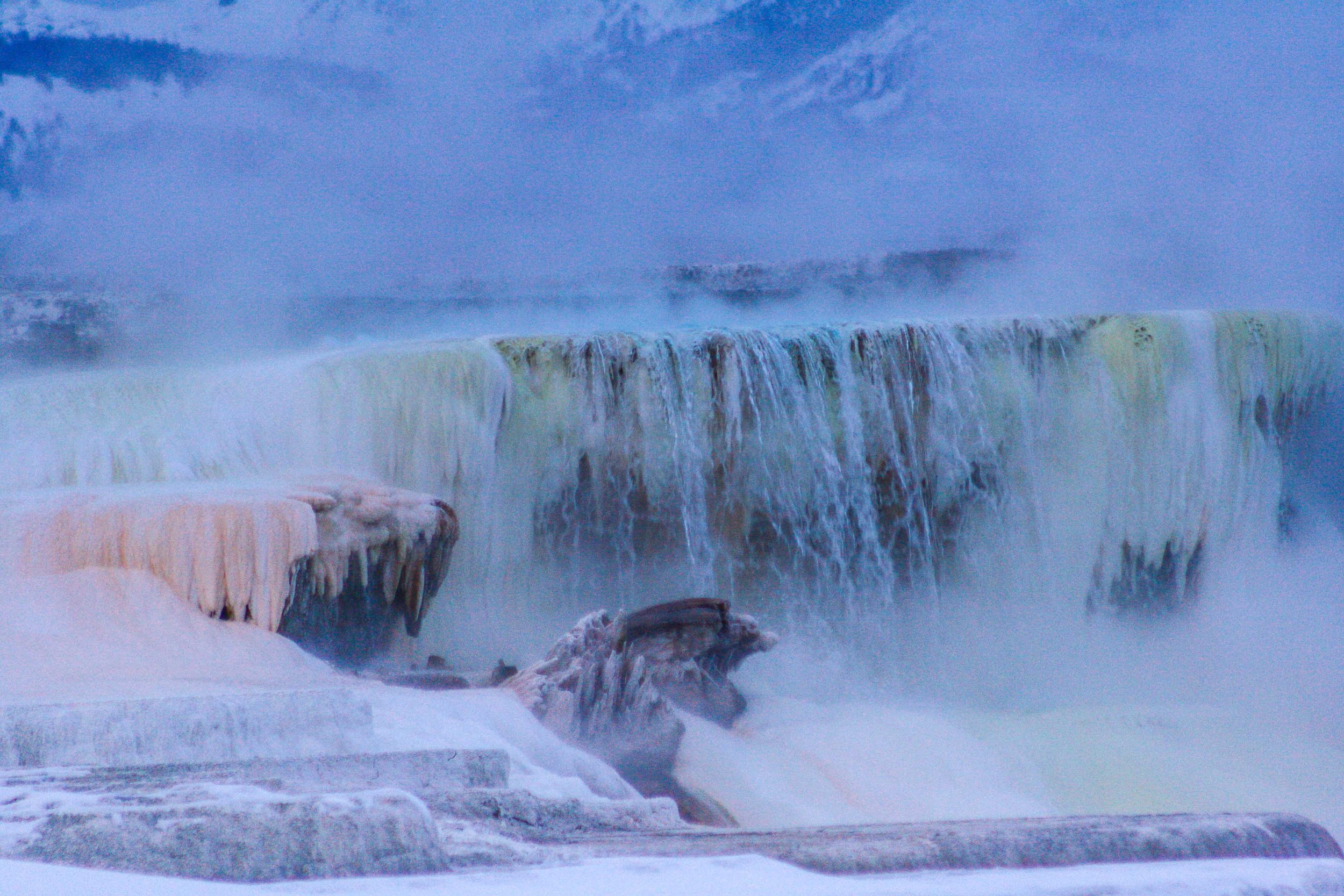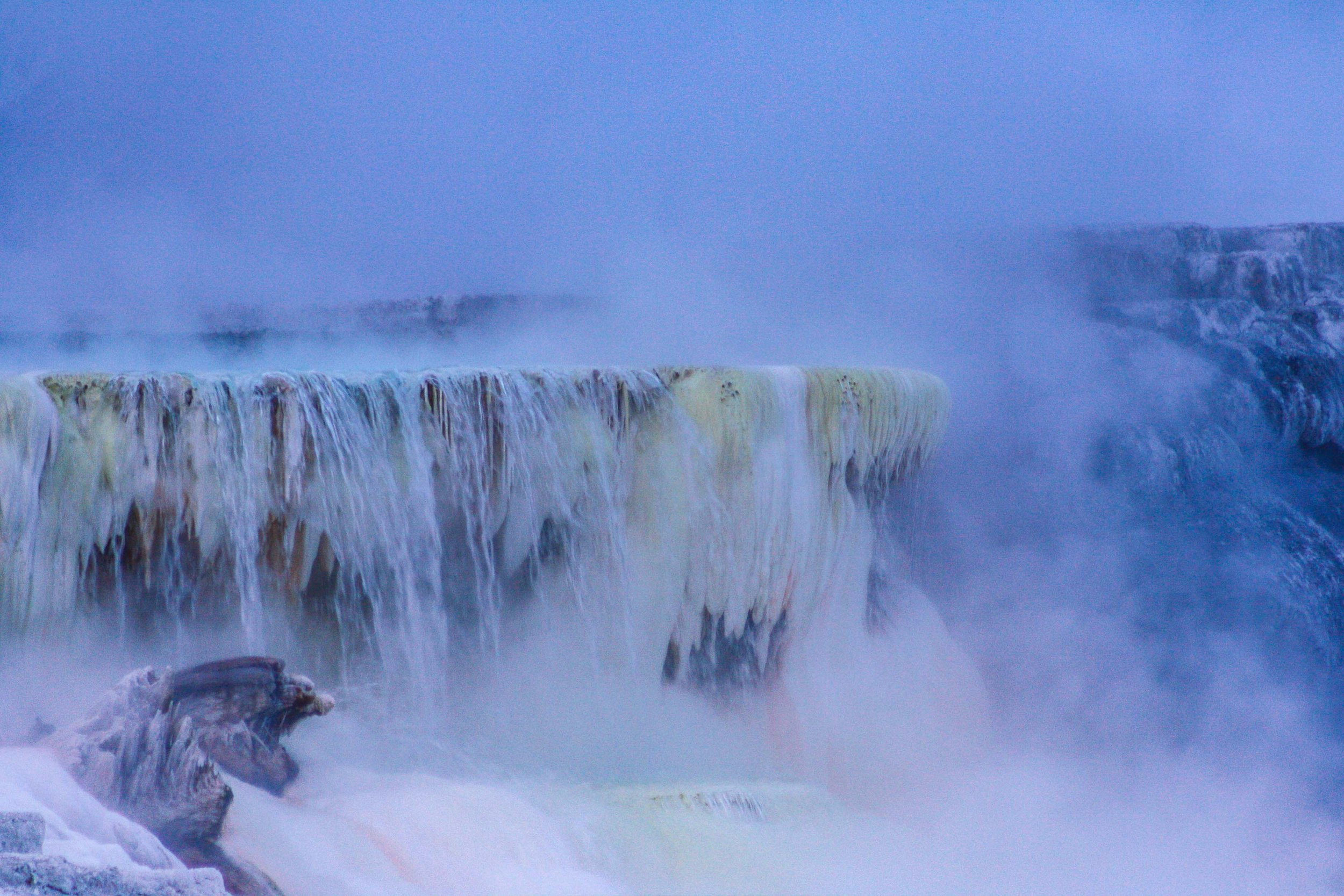Grand Teton National Park
Dreams do Come True
As I am working through all the photos I have collected I start to dream at night. I dream about the mountains that I once walked through. Now I walk through sky scrapers. But my heart is still happy, I am not dying over here. I dream, I dream about adventures we will do. Nothing will be like the Rockies, but it will be a new experience. Once I didn’t know about any of these places, and I lived a good life back then too, I’ve just moved on. If it is one thing I have learned, dreams do come true, maybe not in the exact same way as you imagined, but pretty close. This life is like a whirlwind of adventures.

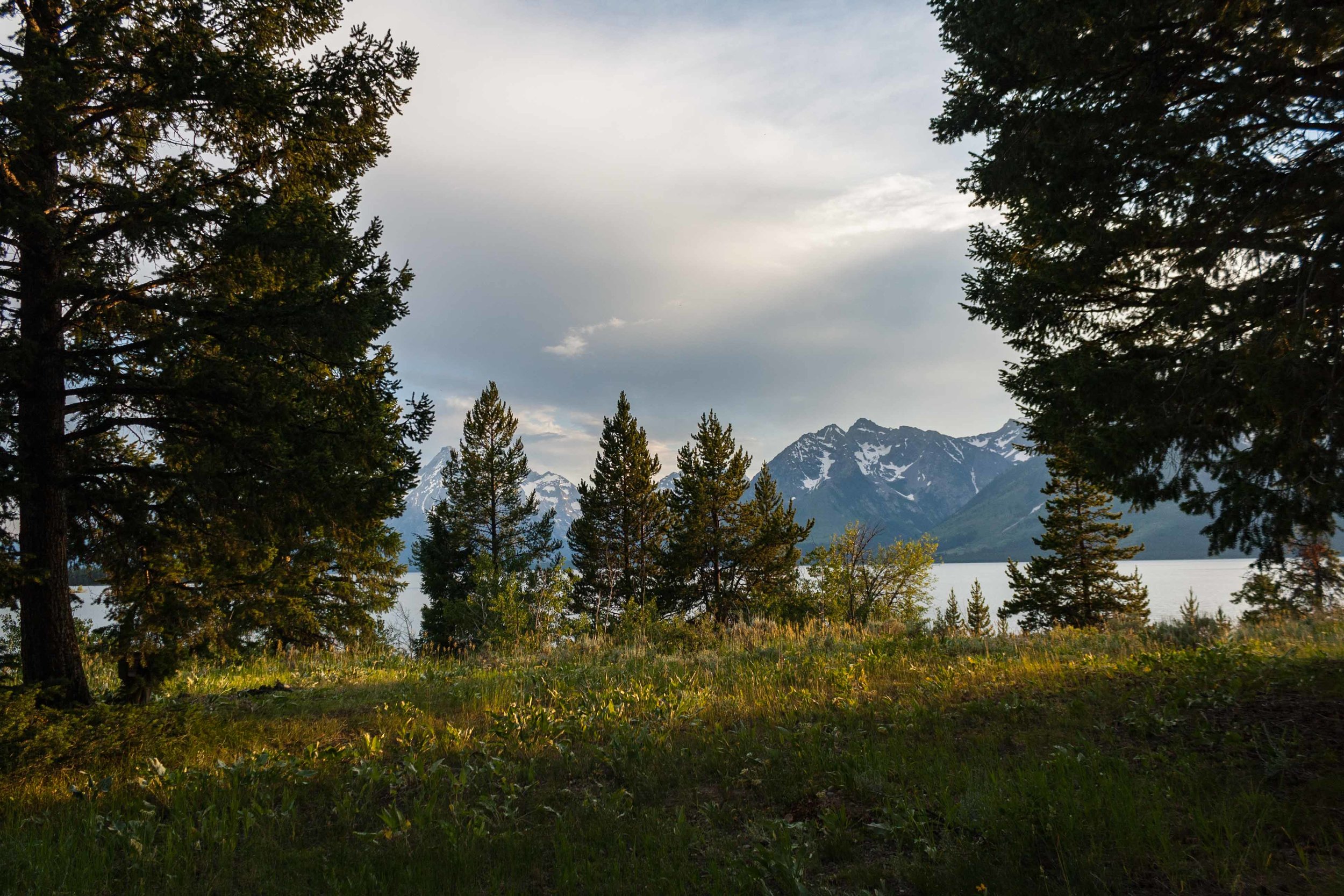
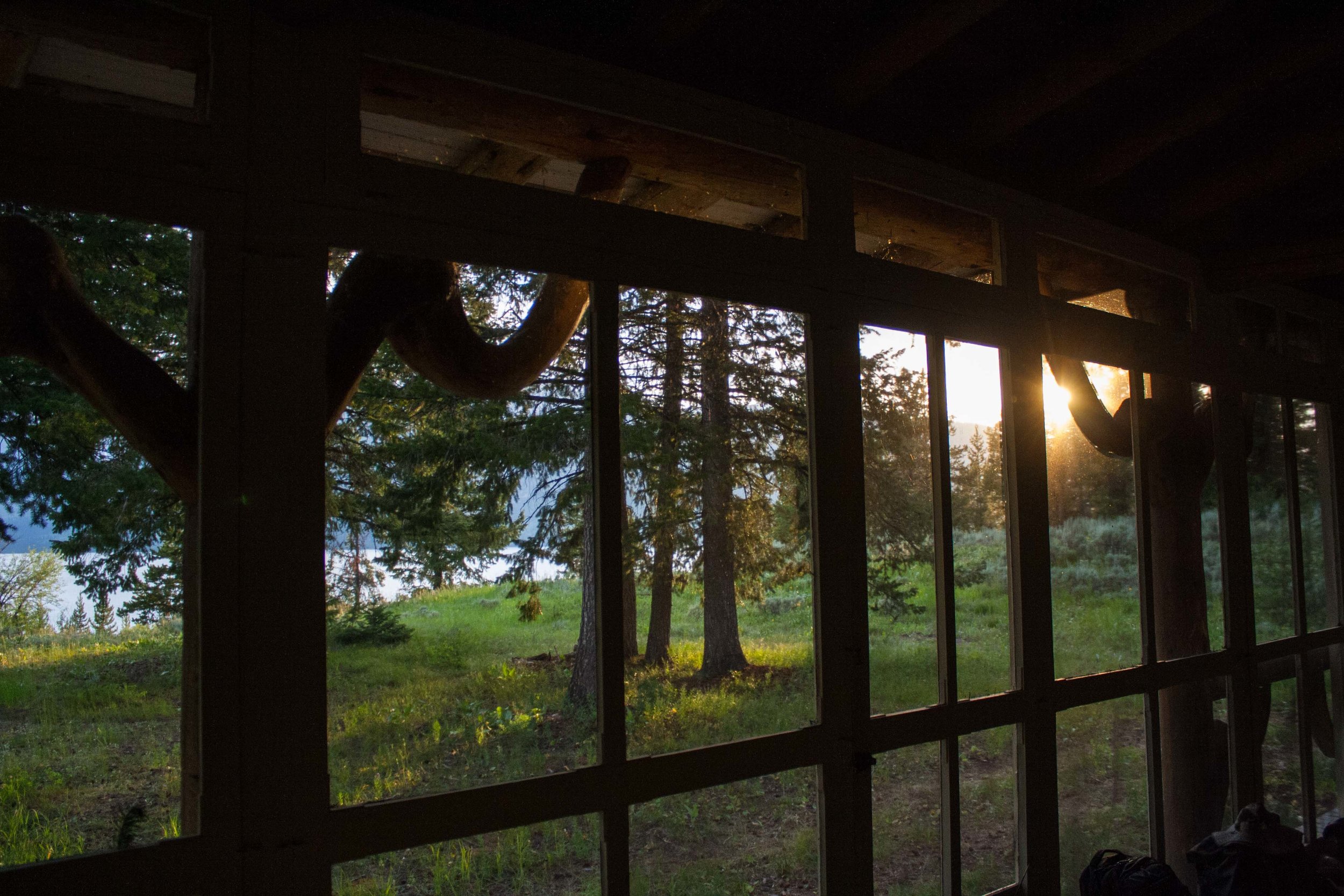


Fieldwork
That summer in the Tetons, and Yellowstone was incredible. My T-shirt snug to my back by all the sweat I produced while counting tree seedling along a transect covering black soil in 95 degree weather. Counting seedlings and tree stumps. We were dirty once we were done, black of sot, and swam in the Yellowstone river or the lake afterwards. It was one of my best summers. I am happy when I am in the mountains. Mountains makes me happy.
